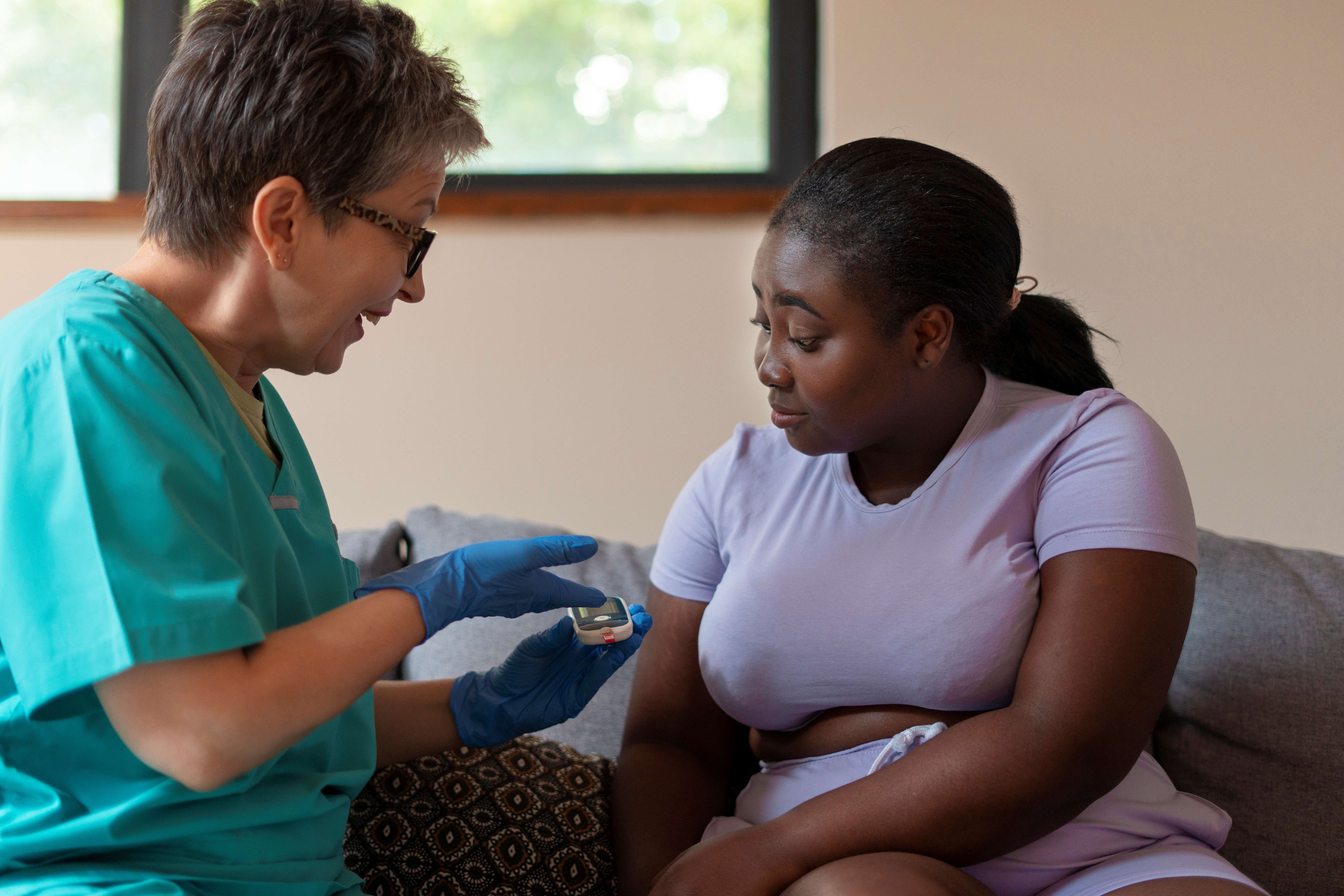After understanding what postpartum hemorrhage is and how to recognize its symptoms, the next important step is to understand why it happens. Knowing the causes helps health professionals, communities, and families identify where prevention should begin.
The latest Kenya National Guidelines on Quality Obstetric and Perinatal Care, revised in 2022, identify four major causes of postpartum hemorrhage, commonly known as the Four Ts; Tone, Tissue, Trauma, and Thrombin.
Tone refers to uterine atony, the failure of the uterus to contract effectively after delivery. This single cause accounts for most PPH cases. Prof Moses Obimbo Madadi, the PPH Foundation Project Lead explains that when the uterus does not contract as expected, open blood vessels in the placental area remain exposed, leading to heavy and uncontrolled bleeding.
Tissue refers to retained placental fragments or membranes that prevent the uterus from contracting fully. When pieces of the placenta remain inside, the uterus cannot shrink properly, allowing continuous bleeding.
Trauma involves injuries to the birth canal such as tears in the cervix, vagina, or perineum, or even uterine rupture during complicated deliveries. These injuries may bleed profusely if not detected and repaired immediately.
Thrombin refers to problems in blood clotting, where the blood fails to form clots as it should. Such disorders may be caused by pre-existing medical conditions or by complications that develop during pregnancy and childbirth.
According to a recent study in Kenyan referral hospitals, uterine atony remains the leading cause of postpartum hemorrhage, with gaps in the administration of uterotonic drugs and in the inspection of the placenta after delivery. The Ministry of Health now recommends the use of heat-stable carbetocin and tranexamic acid to strengthen prevention and treatment at all levels of care.
Dr Frederick Kireki Omanwa, Consultant Obstetrician and Gynaecologist, Senior Lecturer at the University of Nairobi, and President of the Kenya Obstetrical and Gynaecological Society, says this approach is transforming the way maternal emergencies are managed. “By addressing both uterine tone and blood clotting issues through effective medicines and proper monitoring, we can significantly cut down the number of mothers who die from preventable bleeding,” he explains.
Globally, the World Health Organization reports that uterine atony and retained placental tissue account for nearly 70 percent of PPH cases, especially in low- and middle-income countries where women may not have immediate access to skilled care. However, WHO’s latest 2023 recommendations stress that early detection, acting once blood loss reaches 300 millilitres or vital signs change, can prevent most fatal outcomes.
In many cases, several causes occur at the same time. A prolonged or difficult labour may weaken the uterus, increase the likelihood of retained tissue, and cause trauma during delivery. Recognizing these overlapping risks is key to effective prevention.
Emerging technologies such as calibrated blood collection drapes and uterine balloon tamponades are now helping clinicians identify and manage bleeding earlier, while continuous quality improvement programs in Kenyan hospitals are improving adherence to national protocols.
Postpartum hemorrhage is complex, but not unavoidable. With skilled attendance, correct use of uterotonic drugs, and thorough examination after delivery, most of these causes can be managed before they become fatal.
The next story in this series will look at who is most at risk of postpartum hemorrhage, helping to identify the mothers who need the most care and attention during childbirth.
Sources
• Kenya Ministry of Health, National Guidelines on Quality Obstetric and Perinatal Care, 2022
• World Health Organization, Updated PPH Care Recommendations, 2023
• Frontiers in Global Women’s Health, Study on PPH Detection and Management in Kenya, 2022
• National Hospital Research Findings, PPH Protocol Adherence Study, 2023

